Table of Contents
- What Is Chinese Mustard? (Direct Answer)
- The Science Behind Its Unique Heat
- Chinese Mustard vs Western Mustard: Key Differences
- Botanical Background and Origins
- Flavor Profile and Culinary Applications
- Authentic Recipes Using Chinese Mustard
- Buying Guide: Choosing Quality Chinese Mustard
- Proper Storage Techniques
- Frequently Asked Questions
- Conclusion
What Is Chinese Mustard?
Chinese mustard is a pungent condiment made from ground white mustard seeds (Sinapis alba) mixed with vinegar or water, creating an immediate, intense heat through enzymatic reaction. Unlike fermented Western yellow mustard, it delivers a sharp, nasal-clearing spiciness that peaks within minutes of preparation and gradually diminishes—making it fundamentally different in both composition and sensory experience.
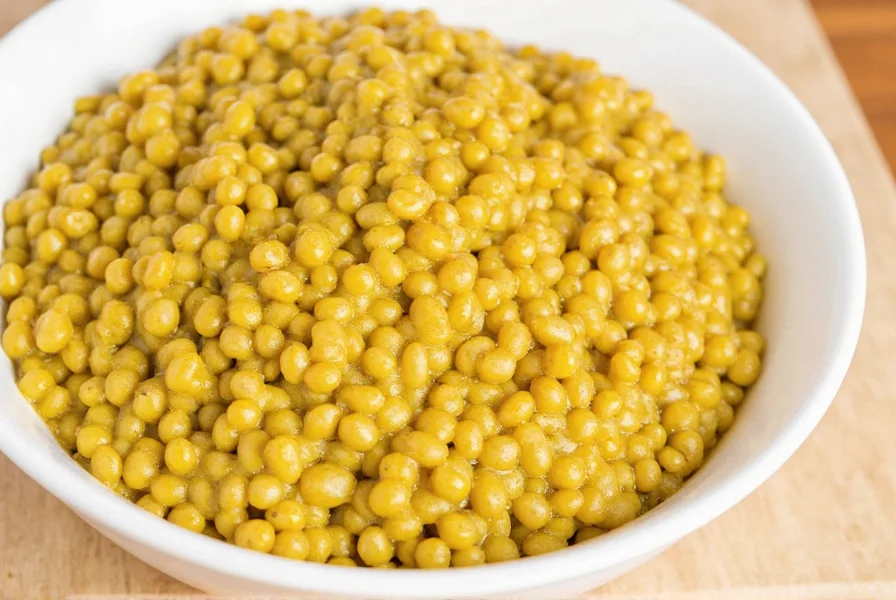
| Characteristic | Chinese Mustard | Western Yellow Mustard |
|---|---|---|
| Primary Seeds | White mustard (Sinapis alba) | Yellow/brown mustard + turmeric |
| Preparation Method | Freshly mixed (no fermentation) | Fermented with vinegar |
| Heat Mechanism | Enzymatic reaction (myrosinase + sinigrin) | Stabilized with acid |
| Peak Heat Timing | 3-5 minutes after mixing | Immediate but milder |
| Heat Duration | 15-20 minutes before fading | Stable over time |
| Flavor Profile | Sharp, nasal-clearing, complex | Milder, tangy, uniform |
The Science Behind Its Unique Heat
Chinese mustard's distinctive heat isn't from capsaicin like chili peppers—it's created through a biochemical reaction. When white mustard seeds (Sinapis alba) are ground and mixed with liquid, the enzyme myrosinase reacts with glucosinolates (specifically sinigrin) to produce allyl isothiocyanate. This volatile compound stimulates the TRPA1 receptors in your nasal passages and sinuses, creating that characteristic "upward" heat sensation rather than the "burning" sensation of chili peppers.
Temperature dramatically affects this reaction: using cold water (40°F/4°C) creates maximum heat that peaks quickly but fades faster, while warm water (120°F/49°C) produces milder but longer-lasting heat. This is why traditional Chinese chefs carefully control water temperature when preparing mustard for different dishes.
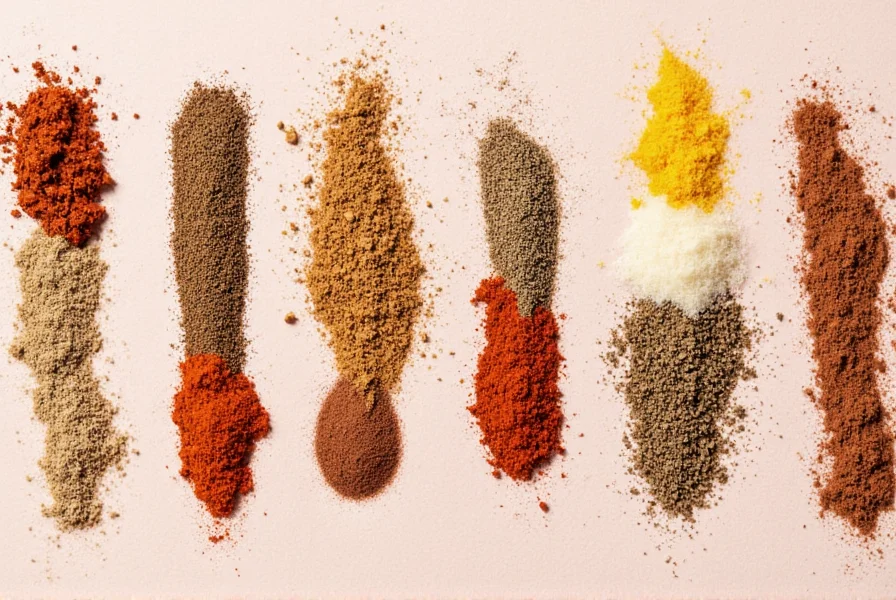
Chinese Mustard vs Western Mustard: Key Differences
Understanding what Chinese mustard is requires contrasting it with familiar Western varieties. While American yellow mustard uses turmeric for color and vinegar for preservation (creating a stable, fermented product), Chinese mustard relies on a fresh enzymatic reaction for its heat.
The critical difference lies in preparation: Chinese mustard must be mixed just before use to achieve peak potency, while Western mustard is shelf-stable due to its fermentation process. This explains why authentic Chinese restaurants often prepare mustard tableside—it's fundamentally a fresh condiment, not a preserved one.
When substituting Chinese mustard in recipes, using Western mustard won't replicate the authentic experience. For closest approximation, mix 1 tablespoon dry mustard powder with 1 teaspoon rice vinegar and ½ teaspoon ice-cold water, allowing 5 minutes for full activation before use.
Botanical Background and Origins
Despite its name, Chinese mustard has ancient origins across Asia. Historical records show its use in China dating back to the Han Dynasty (206 BCE-220 CE), where it was valued both culinarily and medicinally. The specific variety used in traditional Chinese mustard is derived from white mustard (Sinapis alba), though some regional variations incorporate brown mustard seeds (Brassica juncea) for additional heat.
The plant thrives in China's northern provinces, particularly in Hebei and Shandong, where cool temperatures produce seeds with optimal glucosinolate levels. Traditional harvesting occurs in late spring when seed pods are dry but before they shatter, preserving maximum enzymatic potential.
Flavor Profile and Culinary Applications
Authentic Chinese mustard delivers a complex sensory experience: an initial sharp heat that peaks within minutes, followed by subtle nutty undertones as the enzymatic reaction completes. This temporal dimension makes it a dynamic ingredient that changes as you eat—a characteristic Western mustard lacks.
In traditional Chinese cuisine, it's used strategically based on this timing:
- Immediate use: Mixed with vinegar for dipping sauces served with boiled meats or dumplings
- 5-minute activation: Ideal for marinades where heat penetrates proteins
- 15+ minute preparation: Creates milder versions for salad dressings or vegetable dips
The most authentic applications appear in northern Chinese cuisine, particularly in Beijing-style hot pot dipping sauces and Shandong seafood preparations. In Sichuan cooking, it's often combined with chili oil to create complex heat layers—first the nasal-clearing mustard heat, followed by the slower-building capsaicin burn.
Authentic Recipes Using Chinese Mustard
Understanding what Chinese mustard is becomes practical through authentic applications. These recipes demonstrate its unique properties:
- Traditional Beijing Dumpling Dip: Mix 2 tbsp freshly prepared Chinese mustard with 1 tbsp Chinkiang vinegar and 1 tsp sesame oil. The mustard's initial intense heat cuts through rich pork fillings, while the vinegar enhances its aromatic qualities.
- Sichuan Hot Pot Master Sauce: Combine 3 tbsp Chinese mustard (mixed 10 minutes prior), 2 tbsp fermented black bean paste, 1 tbsp chili oil, and 1 tsp sugar. The partially activated mustard provides balanced heat that complements rather than overwhelms other flavors.
- Northern-Style Mustard Marinated Lamb: Whisk 4 tbsp Chinese mustard (prepared with warm water), 2 tbsp Shaoxing wine, and 1 tbsp ginger juice. Marinate lamb chops for 30 minutes—the enzymatic action tenderizes while adding complex flavor.
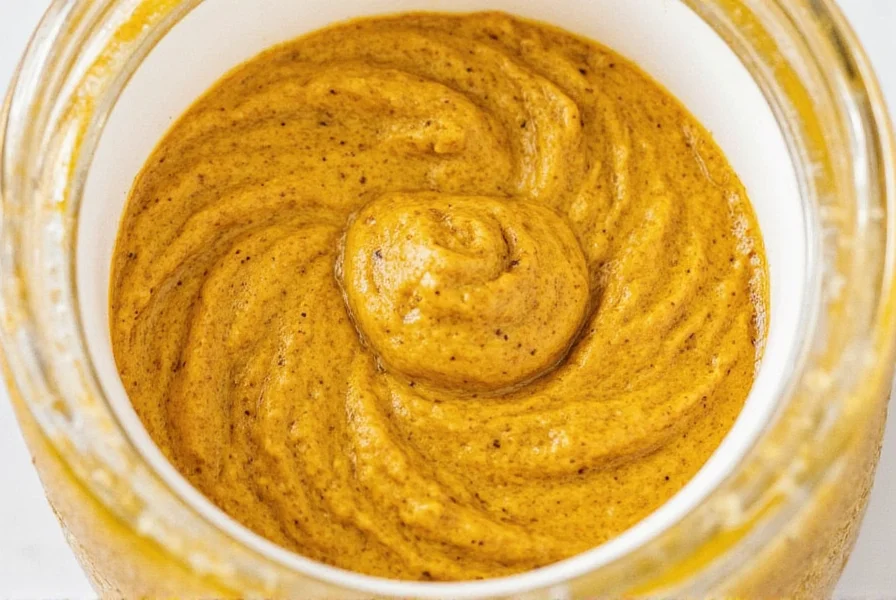
Buying Guide: Choosing Quality Chinese Mustard
When purchasing Chinese mustard, understanding what it is helps identify authentic products:
What to Look For
- Ingredient Simplicity: Authentic products list only mustard seed, vinegar/water, and salt—no preservatives or stabilizers
- Texture: Should be slightly grainy (from coarsely ground seeds), not perfectly smooth like Western mustard
- Color: Pale yellow to light tan (avoid bright yellow products containing turmeric)
- Preparation Instructions: Should specify "mix with cold water" and note heat development timeline
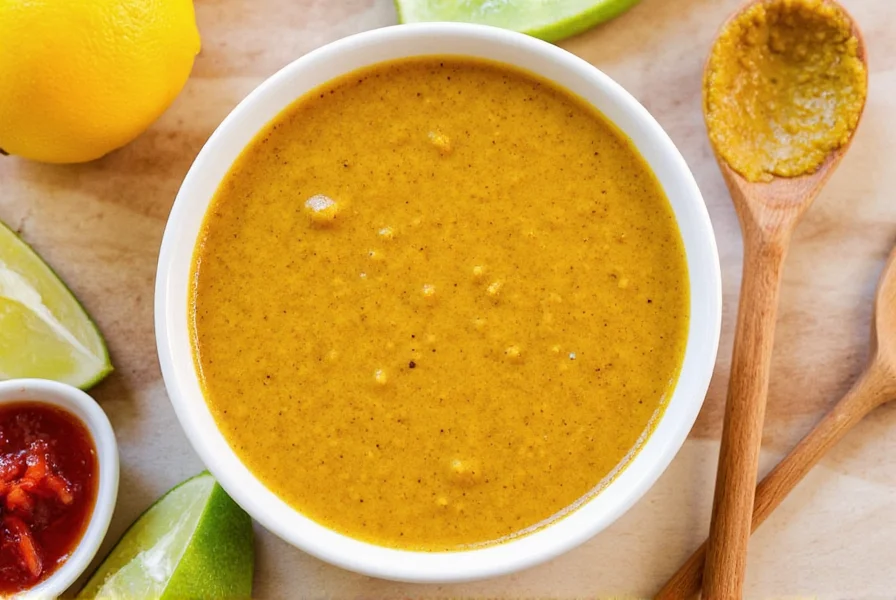
Avoid These Red Flags
- "Ready-to-use" products claiming shelf stability (authentic Chinese mustard must be freshly prepared)
- Bright yellow color (indicates turmeric addition, characteristic of Western mustard)
- "Heat level" claims (authentic heat depends on preparation method, not fixed)
- "Long shelf life" claims (proper Chinese mustard degrades within hours of preparation)
Proper Storage Techniques
Knowing what Chinese mustard is explains why storage differs from Western varieties. Once prepared, it begins losing potency immediately due to the volatile allyl isothiocyanate evaporating. For best results:
- Store unopened seed powder in airtight container in cool, dark place
- After mixing, use within 20 minutes for peak heat
- Refrigerate any leftovers but expect significant flavor degradation
- Never freeze—destroys enzymatic properties
Traditional Chinese chefs prepare mustard fresh for each meal. If you must store prepared mustard, press plastic wrap directly onto the surface to minimize air exposure, but even then, it will lose 60% of its heat within 2 hours.
Frequently Asked Questions
What exactly is Chinese mustard made from?
Authentic Chinese mustard contains only ground white mustard seeds (Sinapis alba), vinegar or water, and salt. Unlike Western mustard, it contains no turmeric, preservatives, or stabilizers. The heat develops through an enzymatic reaction when seeds contact liquid, creating allyl isothiocyanate—the same compound in wasabi. This reaction peaks at 3-5 minutes and gradually fades, making freshness critical to authentic Chinese mustard.
Why does Chinese mustard get hotter after mixing and then fade?
This unique behavior stems from its enzymatic heat mechanism. When mustard seeds are crushed and mixed with liquid, myrosinase enzyme reacts with sinigrin to produce volatile allyl isothiocyanate. Cold water creates maximum heat within 3-5 minutes as the reaction accelerates, but the compound evaporates quickly—losing 50% potency within 15 minutes. Warm water produces milder but longer-lasting heat. This temporal dimension is why authentic Chinese restaurants prepare mustard fresh for each serving.
How is Chinese mustard different from wasabi?
While both produce heat through allyl isothiocyanate, they differ significantly. Real wasabi (Wasabia japonica) is a rhizome grated fresh, with complex flavor notes beyond heat. Chinese mustard uses mustard seeds with a sharper, more singular heat profile. Most "wasabi" outside Japan is actually Chinese mustard dyed green. Authentic wasabi heat builds gradually in the mouth, while Chinese mustard heat hits the nasal passages immediately.
Can I make authentic Chinese mustard at home?
Yes, but precision matters. Use 2 tbsp premium white mustard powder (not yellow mustard powder), 1.5 tbsp ice-cold water or rice vinegar, and ¼ tsp salt. Whisk vigorously, then wait 5 minutes for full activation. For northern Chinese style, add ½ tsp sesame oil after activation. For Sichuan style, mix with 1 tsp chili oil. Never use warm liquid if maximum heat is desired—cold liquid creates more volatile compounds for intense but shorter heat.
Does Chinese mustard have medicinal uses?
Traditional Chinese Medicine has used mustard for centuries to stimulate circulation and relieve respiratory congestion. The heat-producing compounds increase blood flow when applied topically (in moderation). When consumed, it may aid digestion by stimulating gastric juices. However, excessive consumption can irritate mucous membranes. Unlike Western mustard which loses potency through fermentation, Chinese mustard's fresh preparation preserves maximum bioactive compounds for these traditional applications.
Conclusion
Understanding what Chinese mustard is reveals why it's fundamentally different from Western mustard varieties. It's not merely a spicier version—it's a completely different culinary concept based on enzymatic reactions rather than fermentation. This fresh preparation method creates a dynamic flavor experience that evolves as you eat, with peak heat that fades within minutes.
For authentic Chinese cooking, recognizing these properties is essential. Properly prepared Chinese mustard should be made fresh for each meal, with water temperature carefully controlled to achieve the desired heat profile. Whether you're dipping dumplings, marinating meats, or creating dipping sauces for hot pot, understanding the science behind Chinese mustard transforms it from a simple condiment into a sophisticated culinary tool.
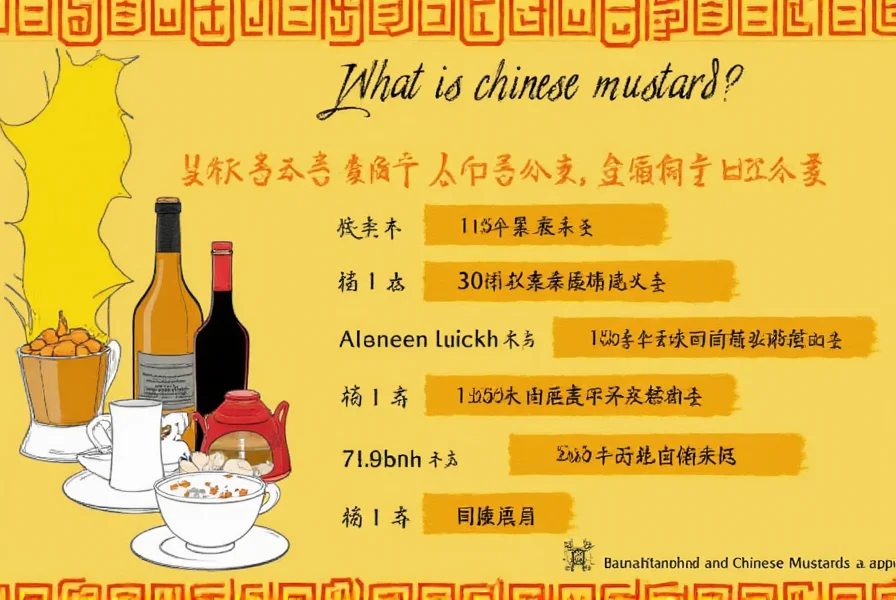
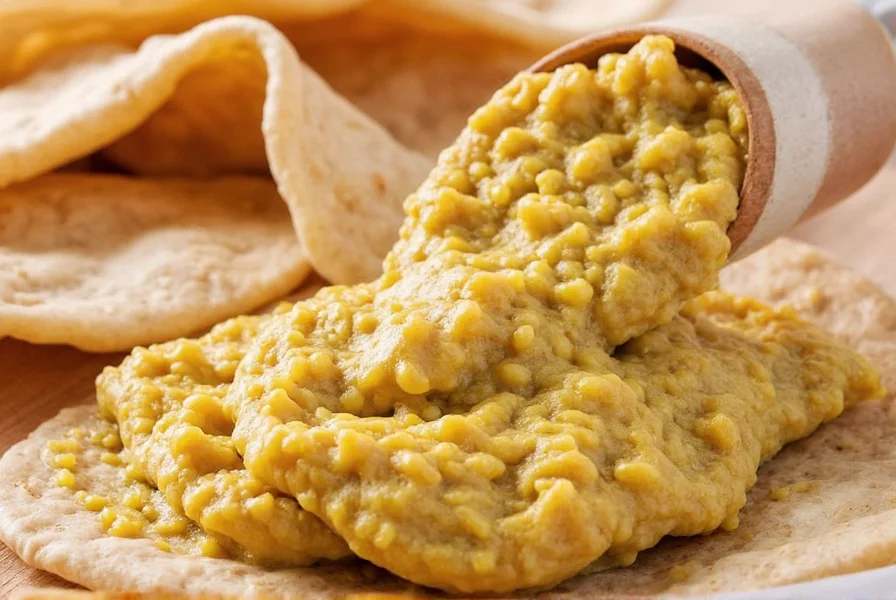
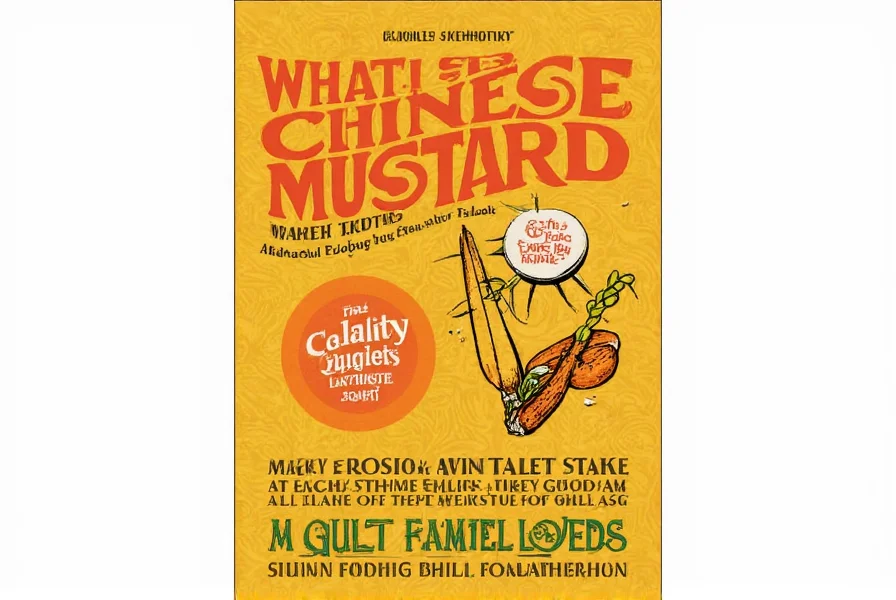










 浙公网安备
33010002000092号
浙公网安备
33010002000092号 浙B2-20120091-4
浙B2-20120091-4